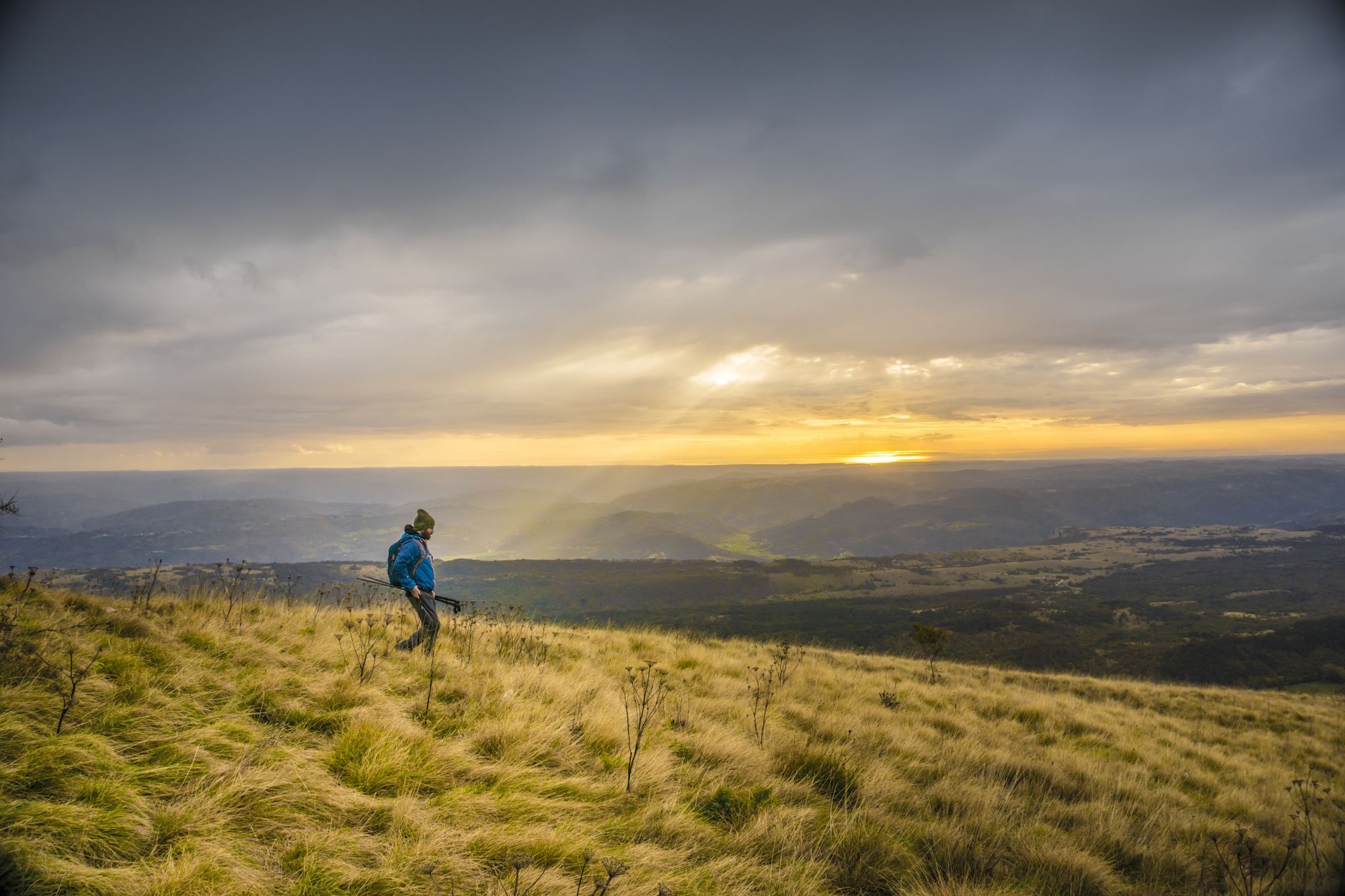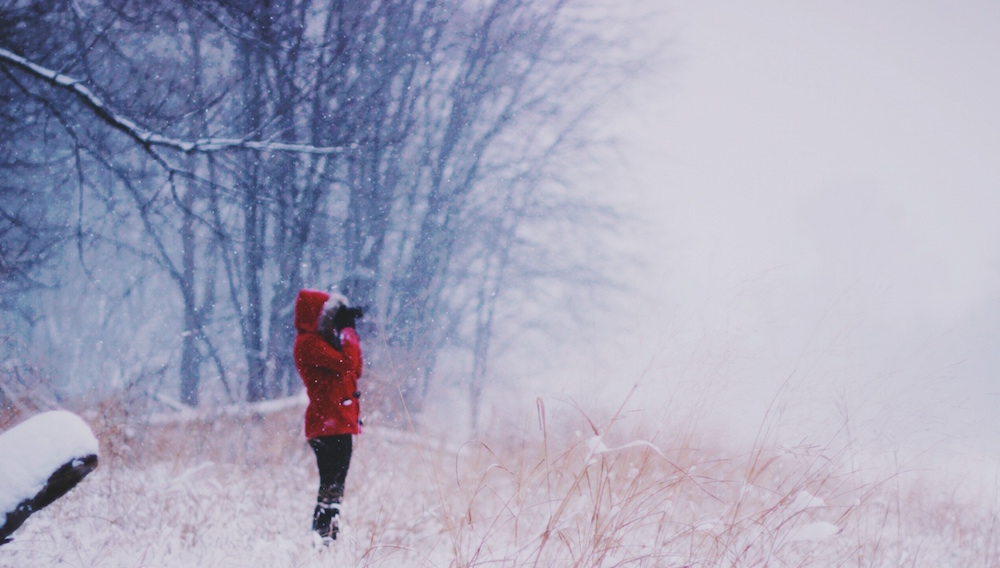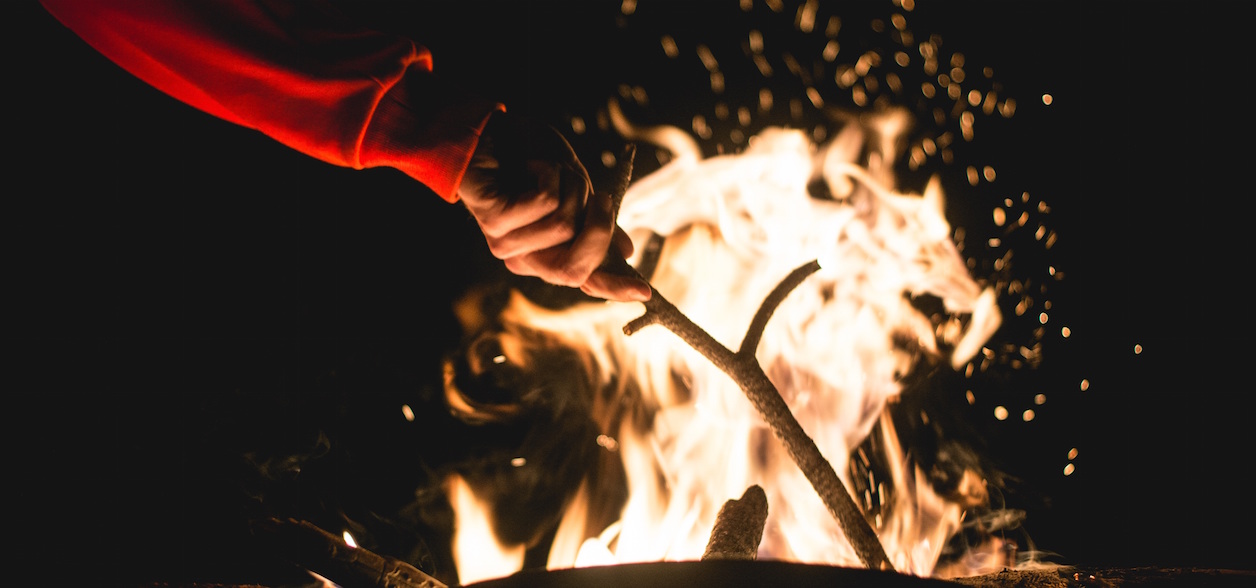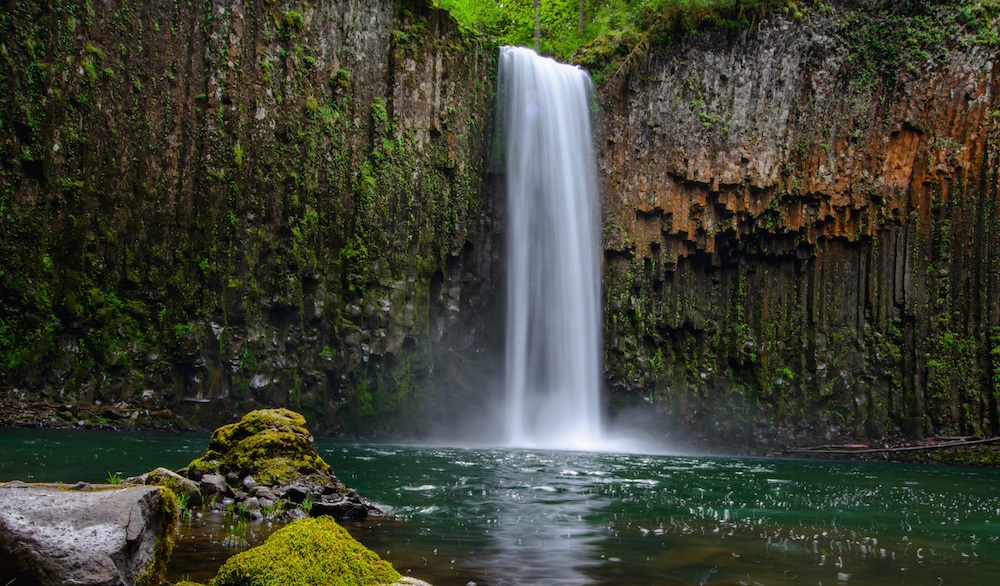The Ten Essentials
The Ten Essentials are the ten things you need to be prepared for any emergency situation while hiking, camping, backpacking or on any outdoor adventure. The original list was first assembled in the 1930s and a few years back it was revamped to reflect today’s technology. Though you may not need every single item on the list for every hike, you may be thankful in those times when you need it the most. Better safe, than sorry, they say! Here are the ten essentials you should carry on every single hike:

1. Navigation
For shorter day hikes you can download the map using National Geographic All Trails Pro (relatively inexpensive and has very nice maps). For longer hikes, a paper map and compass are essential. Also, if you are going to carry a map and compass you need to learn how to use them. Many wilderness organizations have seminars which will teach you the basics of orienteering.

2. Sun Protection
Just because you are hiking in snowy conditions doesn’t mean you don’t have to worry about the sun. In fact, the topography of the mountain basically turned where we were hiking into a reflector over. Always wear a shirt and pants which have an SPF rating as not all clothing will block the sun. Also make sure to apply sunscreen to all exposed skin and re-apply it too after a certain amount of time (read the bottle to find out when)!
Don’t forget to bring sunglasses to protect you eyes. In some cases, you will need glacier glasses which are specially made to cover the side area next to your eyes to prevent blindness. Yes, the sun can be your worst enemy!

3. Insulation
Hiking on a mountain is as much a battle against the mountain as it is against the elements. Many mountains are infamous for their rapidly changing weather. It isn’t unheard of to start a hike at a nice 60-70 degree partly cloudy day, and by the time you are nearing the summit you have a 40 degree weather with 40 MPH winds pushing the windchill below freezing (27 F to be exact). Bringing a high quality jacket and shell adds only a small amount of weight to your pack, and it can save your life in the wrong situation.
4. Illumination
It’s kind of a rite of passage for hikers to be out and planning to be back to their cars well before dark, but invariably something happens. It could be that they got lost, or had to help someone who was injured, or got injured themselves. Suddenly your out in the dark, in the woods, with several miles to get back to your car. Always bring a headlamp and/or flashlight. It weighs almost nothing and will at least prevent you from twisting your ankle if you have to hike in the dark.
5. First-Aid Supplies
First-Aid is a very expansive topic, but in the spirit of the ten essentials, the important part is to have the basics with you. Always carry a backpacking first aid kit with you, which has come in handy many times when you need it or when others are in need. The very basics to include are some band-aids, some antiseptic ointment, alcohol pads, some aspirin (this can actually help slightly with altitude sickness), and some gauze. More advanced kits that are necessary for longer or more technical routes should consider including some “sam-splints” and a wider variety of medicines.

6. Fire
While most rangers will frown on you starting a fire in a forest or park, fire can serve several purposes in an emergency: it can filter water, it can cook food, and it can serve as a beacon for search and rescue. However, it can’t do any of those things if you don’t bring anything to start one. At minimum, buy and bring a flint striker, it will only make sparks but with some dried leaves, or paper or shredded wood (or fire-starter if you brought it) you should be able to get a fire started. You can also bring a container of waterproof matches just in case you’re stuck in the rain as well.
7. Repair Kit and Tools
Everyone who is hiking in the backcountry should consider carrying either a multi-tool or a “swiss-army” knife. These tools have pliers, scissors, screw drivers, a knife, and a wire cutter, which can assist you with fix trekking poles, packs, and many other things. Another good trick is to wrap some duct-tape around your trekking poles, so that they are available when you need to patch things up like a tent, or in some cases, your pants (true story!).
8. Nutrition
At this point in the list, you have everything you need to survive for a longer period, however your immediate need for survival requires you to have food. Hiking is an activity which can burn calories pretty aggressively, so if you find yourself in a survival situation the last thing you want is to find yourself stuck outside for an extra day with no food. The general rule of thumb for backpacking is to carry one extra day’s worth of food and if you are especially hungry one night you won’t be short on the last day. For day hikes, make sure you pack enough food to last 3-6 hours longer than your planned hike.

9. Hydration
Much like nutrition, you need potable water in order to survive. You should always try to carry at least one liter more than you think you’ll need for full day hikes. Also try and carry something for water purification such as iodine tablets , which weigh almost nothing and will purify the water. Beware, though, the water will not taste the best. For camping and backpacking trips, bring a proper water filter to avoid the taste of iodine.

10. Emergency Shelter
If you’re day hiking it probably seems silly to haul a tent around since they take up a lot of space and even the lightest ones add a couple of pounds to your pack. A good alternative to consider is picking up a couple of mylar emergency blankets (at least one for each member of your party). They fold up to about double the size of a business card, and weight virtually nothing. They also cost very little and you can buy them in bulk, get a box and distribute among your best hiking friends.
Keeping these ten essentials in your pack whenever you go on an outdoor adventure greatly improves your chances of safety and survival. While it might seem like a long list, you’ll be thankful you were prepared if you catch in yourself in a less-than-ideal situation. It’s important to have fun when you’re hiking, but it’s even more important to stay safe. After all, you have so many more trails to go!

Add comment